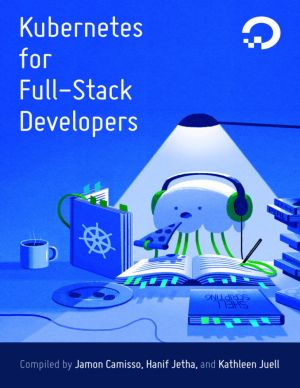

Whether you're just curious, getting started with Kubernetes, or have experience with it, this curriculum will help you learn more about Kubernetes and running containerized applications. You'll learn about core Kubernetes concepts and use them to deploy and scale applications in practical tutorials. By the end of this curriculum you'll be able to create your own Kubernetes cluster from scratch and run your own applications on it. You will also learn how to set up monitoring, alerting, and automation for your applications on Kubernetes.
This open book is licensed under a Creative Commons License (CC BY-NC-SA). You can download Kubernetes for Full-Stack Developers ebook for free in PDF format (8.8 MB).
How To Set Up a Private Docker Registry on Top of DigitalOcean Spaces and Use It with DigitalOcean Kubernetes
How To Deploy a PHP Application with Kubernetes on Ubuntu 18.04 How To Automate Deployments to DigitalOcean Kubernetes with CircleCI How To Set Up a CD Pipeline with Spinnaker on DigitalOcean Kubernetes Kubernetes Networking Under the Hood How To Inspect Kubernetes Networking An Introduction to Service Meshes How To Back Up and Restore a Kubernetes Cluster on DigitalOcean Using Velero How To Set Up an Elasticsearch, Fluentd and Kibana (EFK) Logging Stack on Kubernetes How to Set Up an Nginx Ingress with Cert-Manager on DigitalOcean Kubernetes How to Protect Private Kubernetes Services Behind a GitHub Login with oauth2_proxy
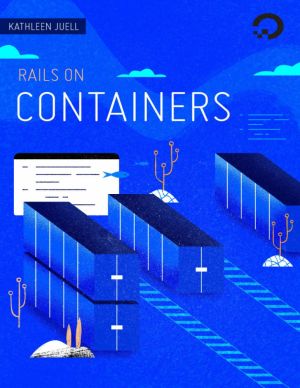
This book is designed to introduce you to using containers and Kubernetes for full-stack development. You'll learn how to develop a full-stack application using Ruby on Rails and PostgreSQL with Sidekiq, and how to manage them all - first with Docker, then with Docker Compose, and finally with Kubernetes. The topics that it covers include h.
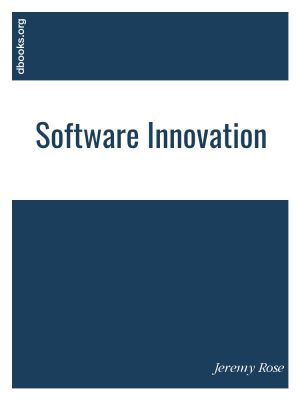
Innovation is the forgotten key to modern systems development - the element that defines the enterprising engineer, the thriving software firm and the cutting edge software application. Traditional forms of technical education pay little attention to creativity - often encouraging overly rationalistic ways of thinking which stifle the ability to in.
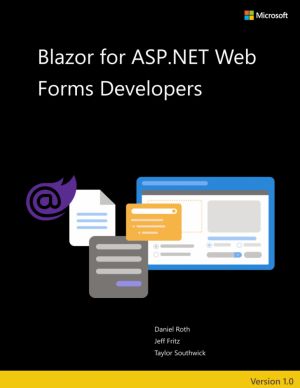
Blazor is a new web framework that changes what is possible when building web apps with .NET. Blazor is a client-side web UI framework based on C# instead of JavaScript. With Blazor you can write your client-side logic and UI components in C#, compile them into normal .NET assemblies, and then run them directly in the browser using a new open web s.
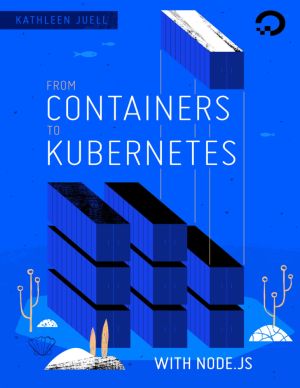
This book is designed as an introduction to containers and Kubernetes by way of Node.js. Containers are the basis for distributed, repeatable workflows with orchestrators such as Kubernetes, and they allow developers and operators to develop applications consistently across environments and deploy in a repeatable and predictable fashion. The exa.

Force.com Succinctly offers developers and business users easy access to the many benefits of this popular platform. Now anyone can build powerful enterprise apps without writing lots of code, and author Ed Freitas guides readers through the Force.com fundamentals. Developers from backgrounds such as SQL Server, .NET, and JavaScript will see quickl.
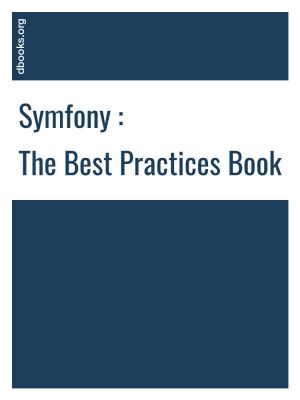
The Symfony Framework is well-known for being really flexible and is used to build micro-sites, enterprise applications that handle billions of connections and even as the basis for other frameworks. Since its release in July 2011, the community has learned a lot about what's possible and how to do things best. These community resources - l.